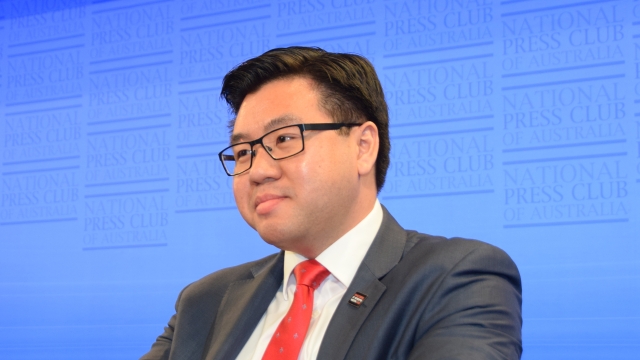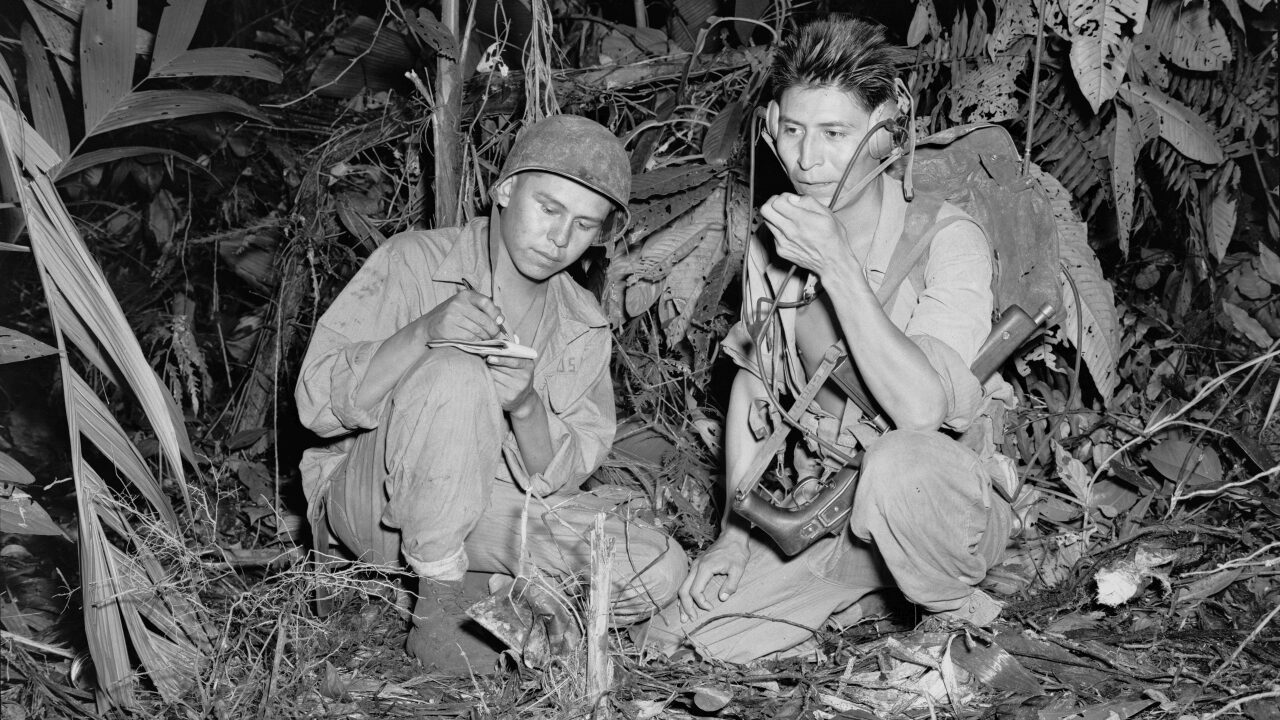
Signal Regiment’s code talkers – then and now
In the spring of 1942, thirty Comanche were inducted into the United States (US) Signal Corps and were immediately dispatched to combat operations in the European theater. They would ultimately become the famous Native American “code talkers” who helped win World War II. Ultimately, some would earn America’s highest military award, the Medal of Honor.
The Native American code or language allowed Army units to effectively communicate through the natural encryption contained within the cultural roots of their language. Despite the Army’s early efforts and the proficiency demonstrated by the code talkers, the War Department never fully grasped the program’s potential and impacts1. These same code talkers were not formally recognized at the time for their contributions, and their impact was not fully understood until much later in history.
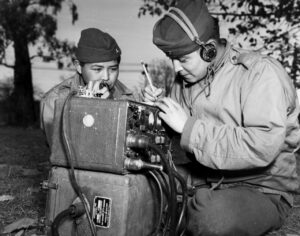
Much later, in 1999, Charles Chibitty2, the last surviving Comanche code talker and one of 17 who had served throughout the entire war, was recognized by the Departments of Defense and Interior3. At 78, he was honored in the Hall of Heroes inside the Pentagon for his extraordinary bravery and achievements. In the same year he was also recognized as a Notable Signaleer at Fort Gordon, Georgia.
After 57 years, the contributions of the Native American code talkers were finally recognized by a grateful nation.
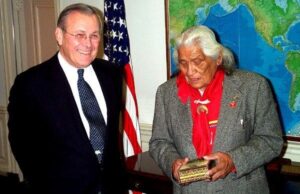
Fast forward to the 21st Century
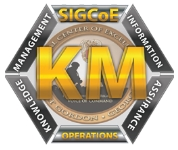 In October 2009, a team of three 21st Century code talkers were contracted by the Signal Regiment to produce results from the base word “Code”. The 21st Century code was built through advancements in technology and individual learning but still had the aspects of a cryptic, often foreign language.
In October 2009, a team of three 21st Century code talkers were contracted by the Signal Regiment to produce results from the base word “Code”. The 21st Century code was built through advancements in technology and individual learning but still had the aspects of a cryptic, often foreign language.
The difference is today’s code is digital code versus the analog code used in the past. However, the effects are the same. Today’s code contains many similarities to the code used by the Native American code talkers. They both provide a security layer for trust and the content containing messages for communication that most of us can’t read, speak, or even understand.
The code talkers of the past and those now are tested daily through the products and services they provide. The Signal Regiment “gets the message through” using the new code. This code is not defined as point-to-point communications any longer. It is now the code allowing for strategic communication and sharing around the globe.
The strategic vision of our leaders can be transmitted so all can follow and reference it at any time. This code is no longer unidirectional, but communicated omnidirectionally and available anywhere with an automated connection. The code is hidden from the lay user but carries the message both up and down the chain of command, the same as the first code talkers.
How long will it be before we recognize the contributions of these new “code talkers”? I will start now – thank you to our code talkers for coding our regiment into the 21st Century!
Acknowledgements: Thank you to John Antill for facilitating the submission of this article.
Header image: Navajo code talkers Henry Bake and George Kirk. Source: US National Archives, Public Domain.
References:
- Navajo People. (n.d.). Navajo Code Talker, Navajo Code Talkers History. ↩
- US Army. (n.d.). Code Talker – Charles Chibitty. Signal Corps Regimental History. ↩
- Indian Affairs. (1999, November 29). Last Surviving Comanche Code Talker To Receive Honor From Departments Of Defense And Interior (Media Release). US Department of the Interior Indian Affairs. ↩


